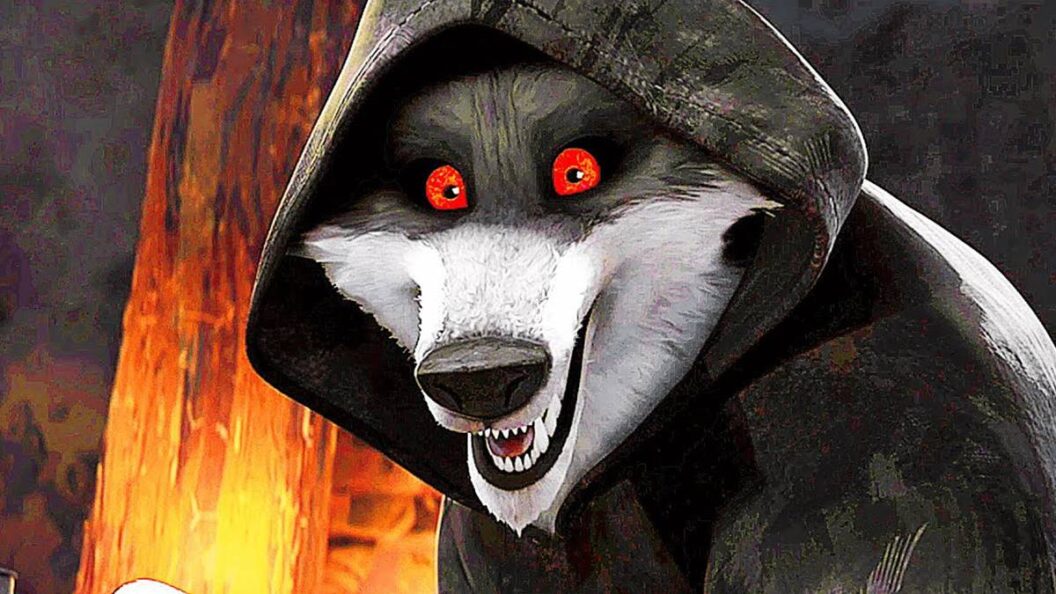The Art of Villainy: Examining Iconic DreamWorks Villains
In the realm of animated storytelling, few studios have achieved the level of success and cultural impact as DreamWorks Animation. Established in 1994 by Steven Spielberg, Jeffrey Katzenberg, and David Geffen, DreamWorks has played a pivotal role in advancing computer-generated imagery (CGI) in film, epitomized by the groundbreaking release of Shrek, the first film to win the Academy Award for Best Animated Feature. The Shrek franchise remains the second-highest-grossing animated franchise, trailing only behind Despicable Me.
One significant aspect of DreamWorks’ triumph lies in its ability to create villains that blend humor and tragedy, setting them apart from their Disney counterparts. DreamWorks villains range from hilariously incompetent to menacing masterminds, effectively complementing the heroes of their narratives. This article delves into the unique characteristics of some unforgettable DreamWorks villains, showcasing their roles in beloved animated films.
Tzekel-Kan from The Road to El Dorado (2000)
Tzekel-Kan is the high priest of the hidden Mesoamerican city of El Dorado, portrayed by Armand Assante. Alongside Edward James Olmos as Chief Tannabok, Tzekel-Kan commands the city’s power with fanaticism, declaring the "Year of the Jaguar." As Spanish con-artists Miguel and Tulio, voiced by Sir Kenneth Branagh and Kevin Kline, unwittingly disrupt his plans, Tzekel-Kan’s seemingly devotion-driven exterior begins to reveal a darker, power-hungry side.
While not the most extravagant of villains, Tzekel-Kan’s arc reflects a cult leader’s complexities, presenting a character who balances charm with the chilling prospect of bloodlust as he grapples with rejection.
Drago Bludvist from How to Train Your Dragon 2 (2014)
In How to Train Your Dragon 2, Drago Bludvist, voiced by Djimon Hounsou, emerges as a straightforward yet effective antagonist. A warlord who captures dragons to cement his authority, he stands in direct opposition to the protagonist Hiccup, who aims to unite dragons and Vikings. Drago’s character is steeped in simplicity, yet his portrayal as a demonic monster commands attention, thanks to Hounsou’s powerful vocal performance. This dynamic culminates in a thematic clash where Hiccup encounters a foe he cannot negotiate with, emphasizing the story’s call for unity versus tyranny.
General Mandible from Antz (1998)
As the first villain in DreamWorks’ inaugural feature, Antz, General Mandible, represents the fearsome embodiment of authoritarianism within the ant colony. Voiced by Gene Hackman, Mandible’s rigid ideologies and menacing presence encapsulate a fear-based governance style. While college-aged audiences might perceive him as one-dimensional, his role establishes a foundation for examining societal structures within animated narratives.
Captain Chantel Shannon DuBois from Madagascar 3: Europe’s Most Wanted (2012)
Bringing a comedic edge, Captain Chantel DuBois, voiced by Frances McDormand, is an animal control officer with a relentless quest to capture Alex the Lion and his friends. Her humor, reminiscent of a terrifying yet funny archetype, raises the comedic stakes in Madagascar 3. Her single-minded motivation showcases the lengths to which characters will go to fulfill their obsessions, offering an entertaining portrayal of a driven antagonist.
Professor Marmalade from The Bad Guys (2022)
A prime example of the twist villain, Professor Marmalade, voiced by Richard Ayoade, tricks the audience as he initially strives to rehabilitate a group of criminals. His bright personality juxtaposes his deceitful intentions, allowing for a narrative progression that plays with audience expectations. Marmalade’s arc continues to evolve in the sequel, hinting at the repercussions of his past endeavors in a more complex light.
Conclusion
The diversity and complexity of DreamWorks villains contribute significantly to the studio’s storytelling approach. From the charming yet sinister Tzekel-Kan to the hilariously tragic Captain DuBois, these characters embody a rich tapestry of motivations, humor, and thematic depth. DreamWorks Animation’s ability to craft multi-layered antagonists not only enhances the narrative but also invites audiences to reflect critically on the nature of villainy itself. As the animation landscape continues to evolve, these timeless villains remain central to DreamWorks’ legacy in shaping powerful and relatable stories for viewers of all ages.









